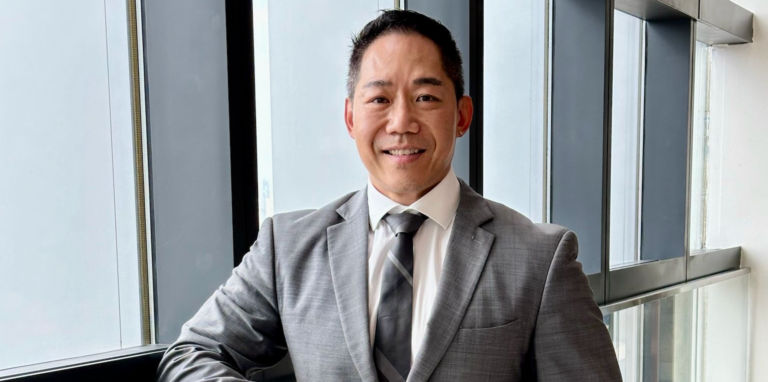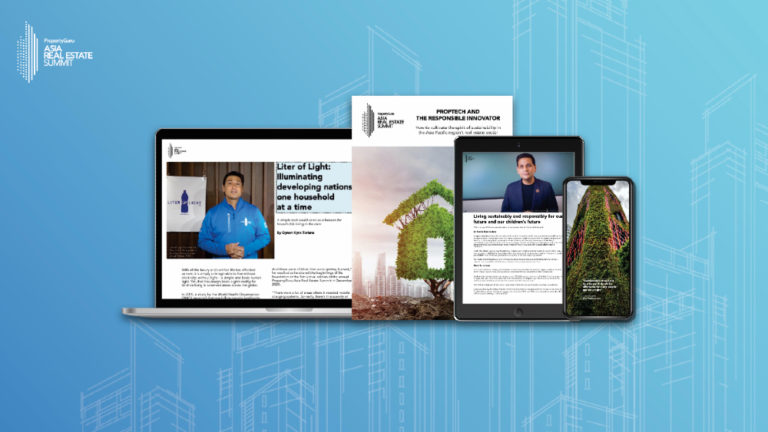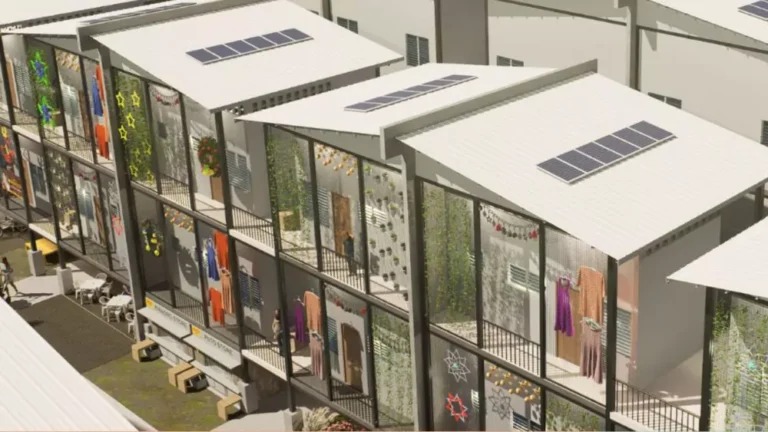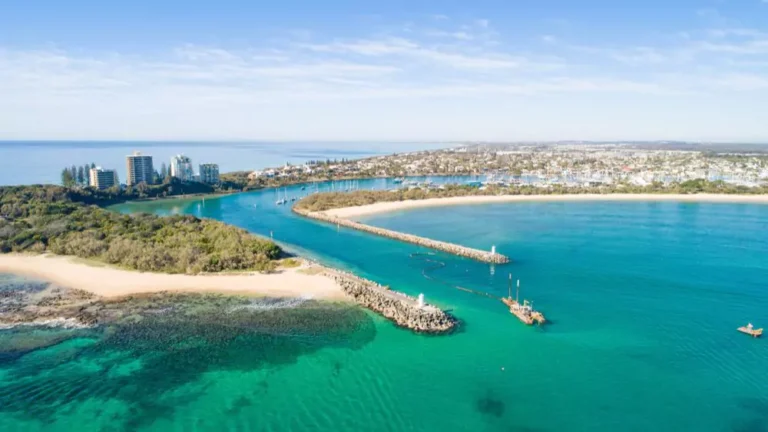6 sights to check out in Siem Reap, Cambodia
Siem Reap is bolstering its tourist-friendly attributes with new infrastructure and residential developments to make it one of Cambodia’s most appealing bets for investment
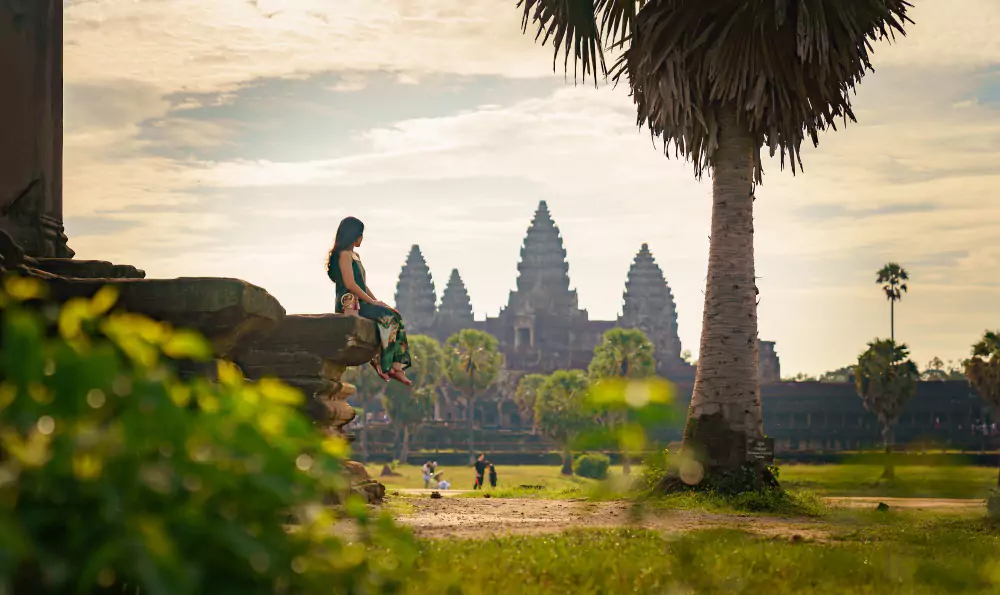
Once a fashionable pitstop for the international jet set, Siem Reap fell into slumber for decades, only reawakening following the conclusion of Cambodia’s long civil war in the late 1990s. The city is now possibly the tourist-friendliest destination in the country with boutique boltholes, grand hotels, and guesthouses far outnumbering the nearby temples. The city’s evolution is reflected also in an impressive dining and bar scene and a shopping landscape that encompasses everything from traditional markets to cutting-edge boutiques. Now, with developers moving in, the city is beginning to realise its potential as a residential destination.
Bakong Village
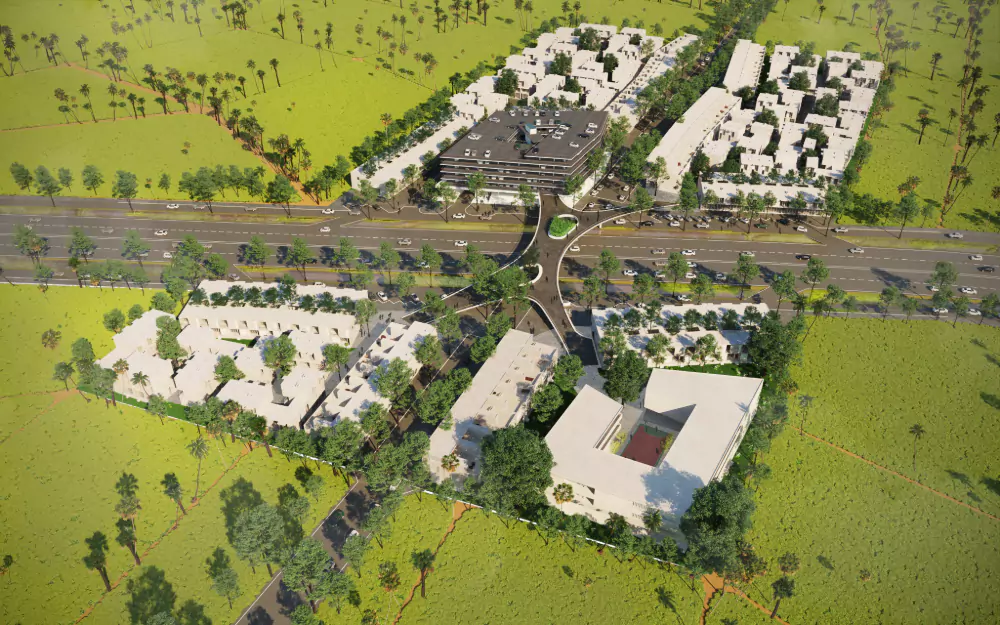
A 20-minute journey from central Siem Reap, this innovative housing project comprises 245 villas and 105 shophouses styled on vernacular Khmer architecture. Named after the multi-level temple in Angkor Archaeological Park, it’s one of two housing projects in Siem Reap by creative real estate gurus Urban Living Solutions (ULS) in collaboration with Aerne Architects and encompasses a school, wet market or retail space, generous green space, 22 courtyards, and skybridges. Cars and motorcycles are forbidden within residential quarters, thus limiting pollution and noise. Bakong underscores ULS’s commitment to eco-conscious initiatives, addressing growing urbanisation in the Kingdom with compact live-work-play communities now prevalent in Southeast Asia’s space-poor cities.
Angkor Sereymongkul
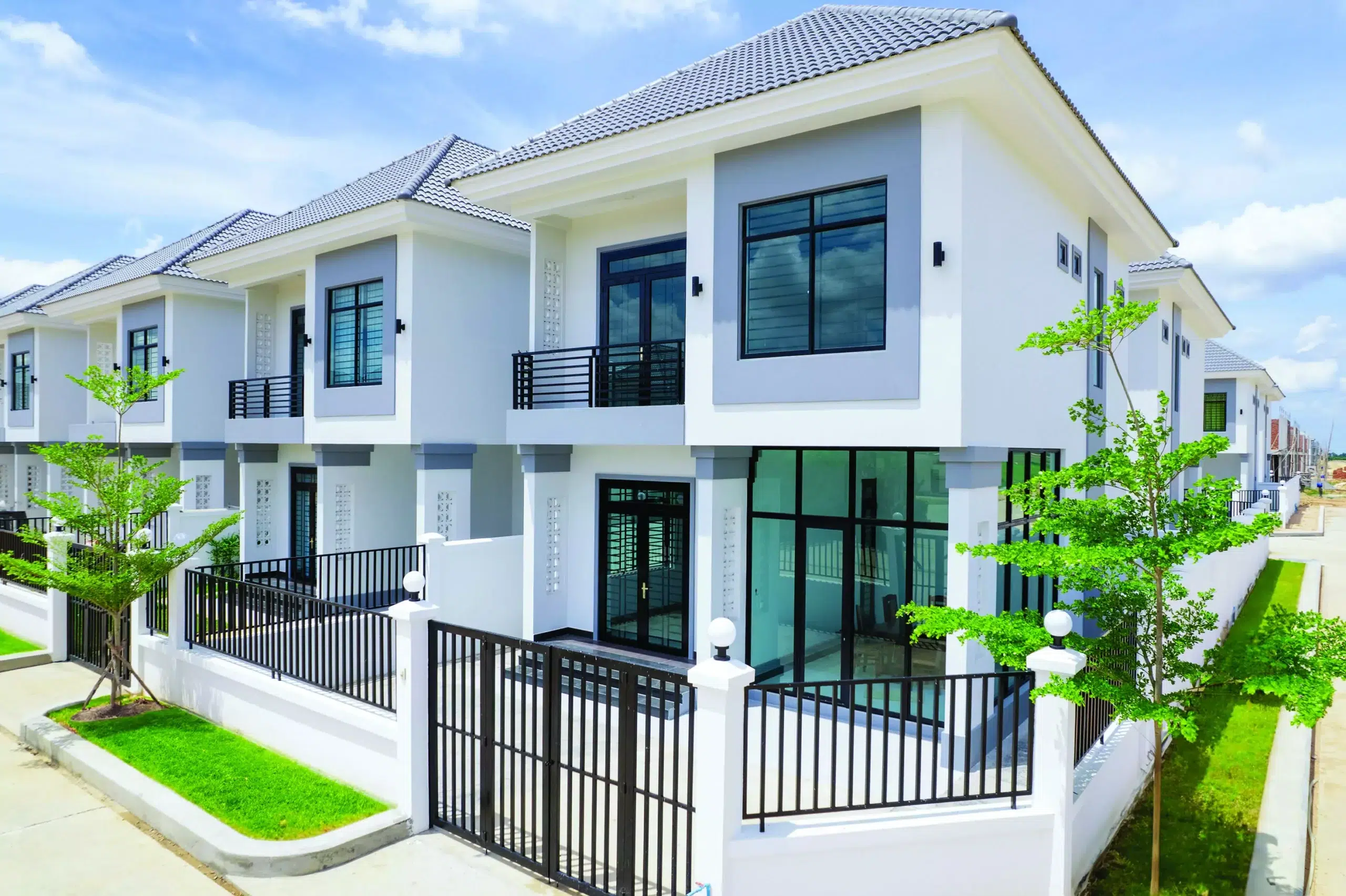
Overseen, interior-decorated, and landscaped by Sok Tonh Real Estate, this 30-hectare project is due for completion in December 2026. Comprising 1,000 doublestorey units, it deploys Khmer architecture to create a community of detached homes—where kitchens and toilet areas are secluded at the rear—and which also allow space for individual gardens, adding to the two public gardens and playground already incorporated in the design. Natural lighting via large windows and ventilation are integrated into the interior, allowing natural airflow. Living rooms are animated with decorative ceilings paying homage to the dork chan ornament found at the rural Banteay Srei temple, which was completed in 967 AD and predates Angkor Wat by almost two centuries.
Wat Damnak
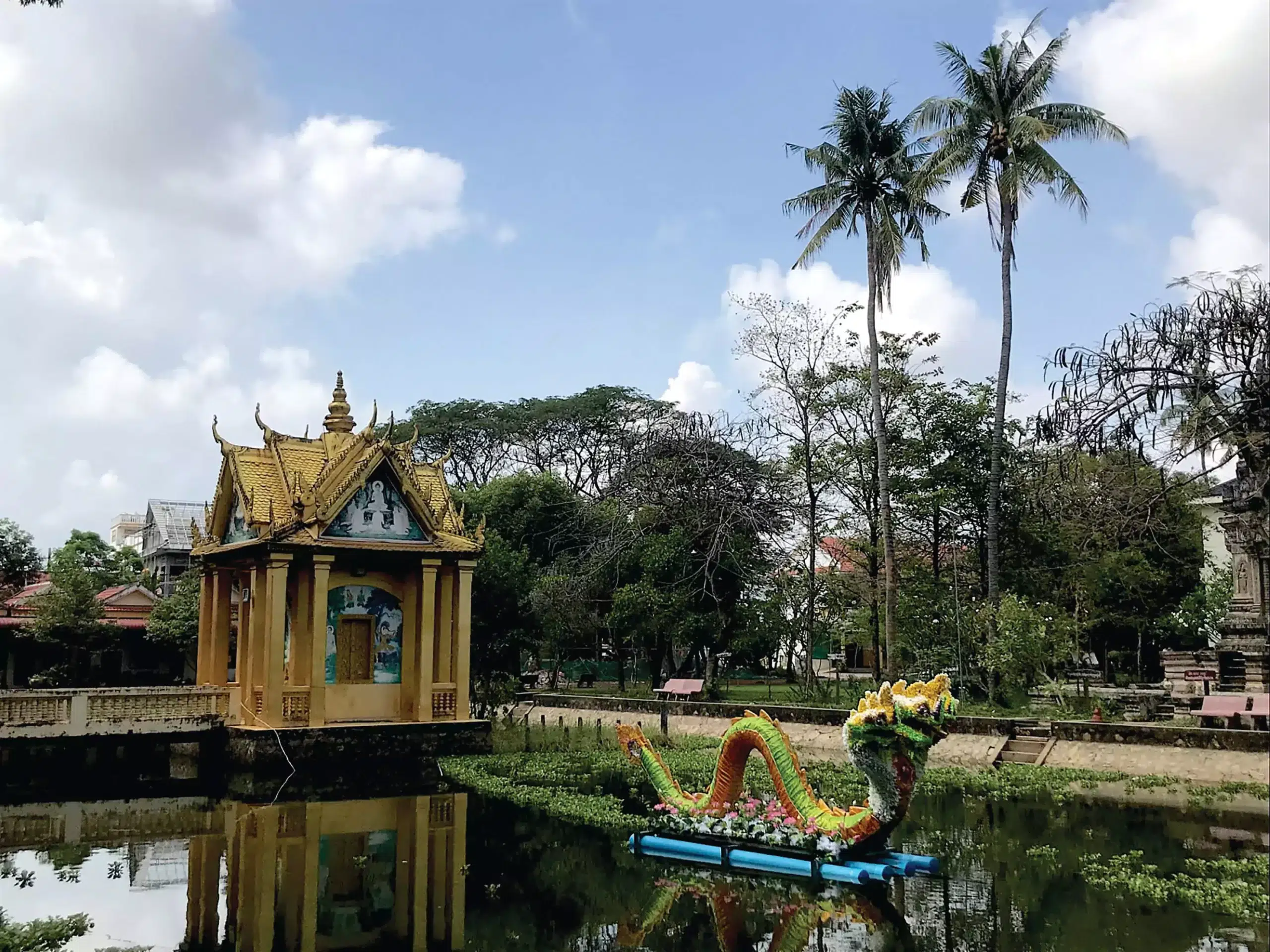
A peaceful sanctuary in an increasingly bustling city, Wat Damnak is chock-full of fascinating nooks and crannies. This religious complex has an eventful history, housing King Sisowath until 1927 (current monarch Norodom Sihamoni occupies the riverside Royal Residence). The glimmering pagoda, opposite a delightful pond, dates back to 1935, and resident monks installed numerous stupas in the 1950s. In darker times, the Khmer Rouge used Wat Damnak as their military base from 1975. Even monks touted guns as the nation began its ill-fated regression to “Year Zero”. In the 80s, a Buddha relic joined the attractions in this frangipani-strewn courtyard whose modern buildings include the Centre for Khmer Studies; the nonprofit Life and Hope Association (where monks care for povertystricken children and young women); and a mural-bedecked library.
Aaraama Restaurant
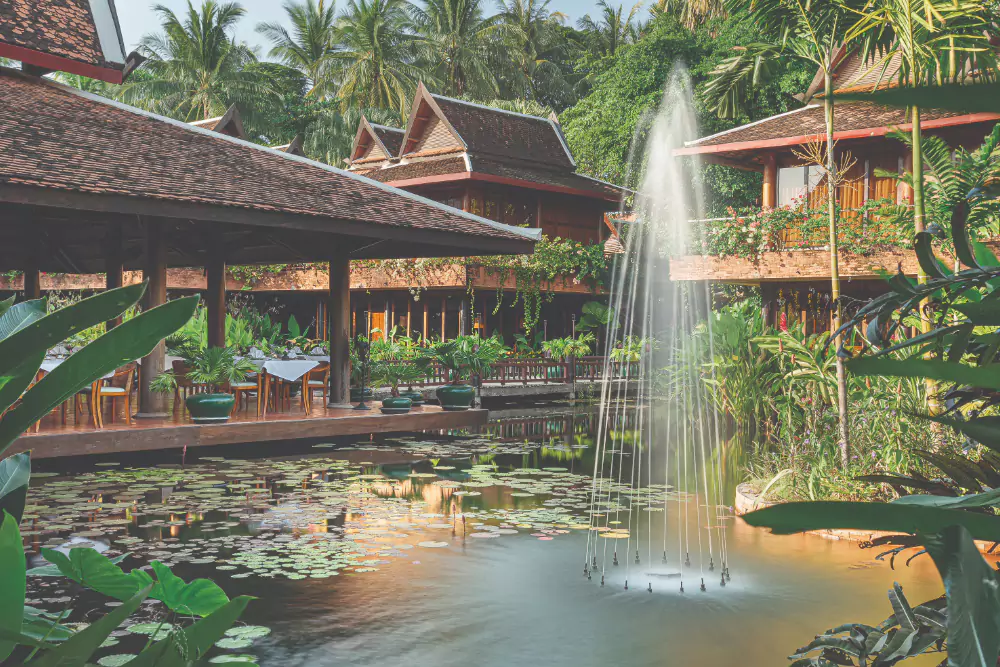
An integral part of Angkor Village, a threedecade-old hotel in central Street 26, Aaraama only enhances the Bali-esque scenery inside this stunning space with its Khmer waterside villas—next to the Kenary Lounge Bar, a classy chillout space animated by gorgeous sofas, Grand Tour-era artworks, and antiques. Its culinary focus, though, is strictly Khmer: Select menus with tapas-style dishes are curated to represent Cambodia’s changing times and tastes, with chef Touch Savon expertly rustling up long-forgotten recipes using traditional techniques. Angkor Village joined the exclusive list of Small Luxury Hotels of the World in 2008 and lies directly opposite the 1997 Apsara Theatre, an opulent showcase for Cambodia’s distinctive female dancers, and the booking centre for another leading nearby attraction, Kulen Elephant Forest.
The Weaver’s Tale
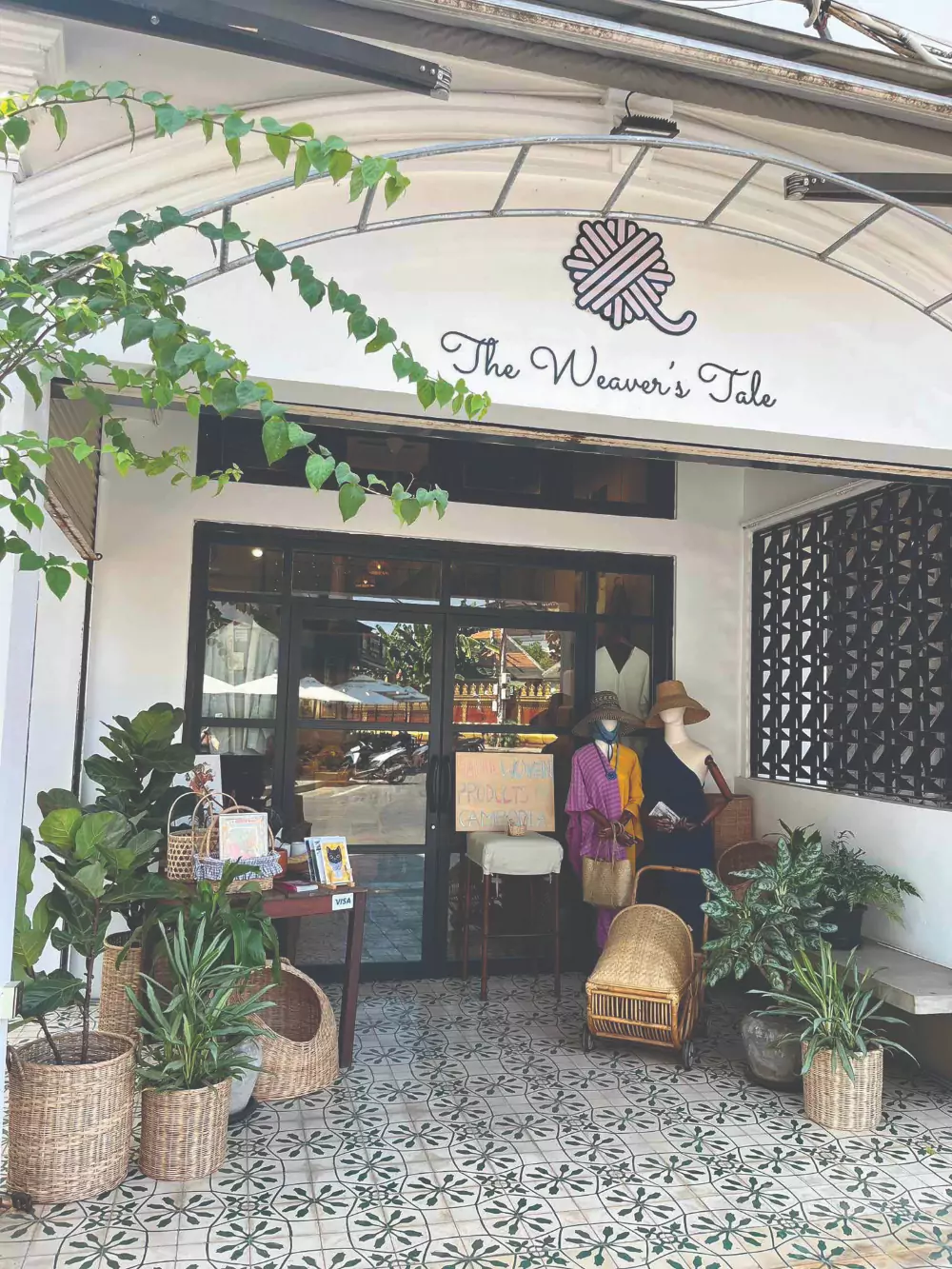
Malaysian expat Samantha Low’s outlet on Olive Street—her first store opened in Phnom Penh—blends in beautifully with the hotels, cafés, and eponymous restaurant on this riverside thoroughfare. A gorgeous collection of handicraft trinkets, misty-eyed Angkor memorabilia, and artisanal goods showcasing Cambodian craftsmanship (70% of which come from ethical designers Fair Weave) awaits in this tranquil haven that opened last year. The emphasis is on natural, handcrafted materials for the home (beeswax candles, handwoven textiles—the sort of products so prevalent in this city, with its social enterprises such as Manava and Salasulu. With no retail experience before her store in the capital, Low’s gift for design and knowledge of responsible artisan traders shine through at The Weaver’s Tale, a shop that seems built to last.
Miss Wong
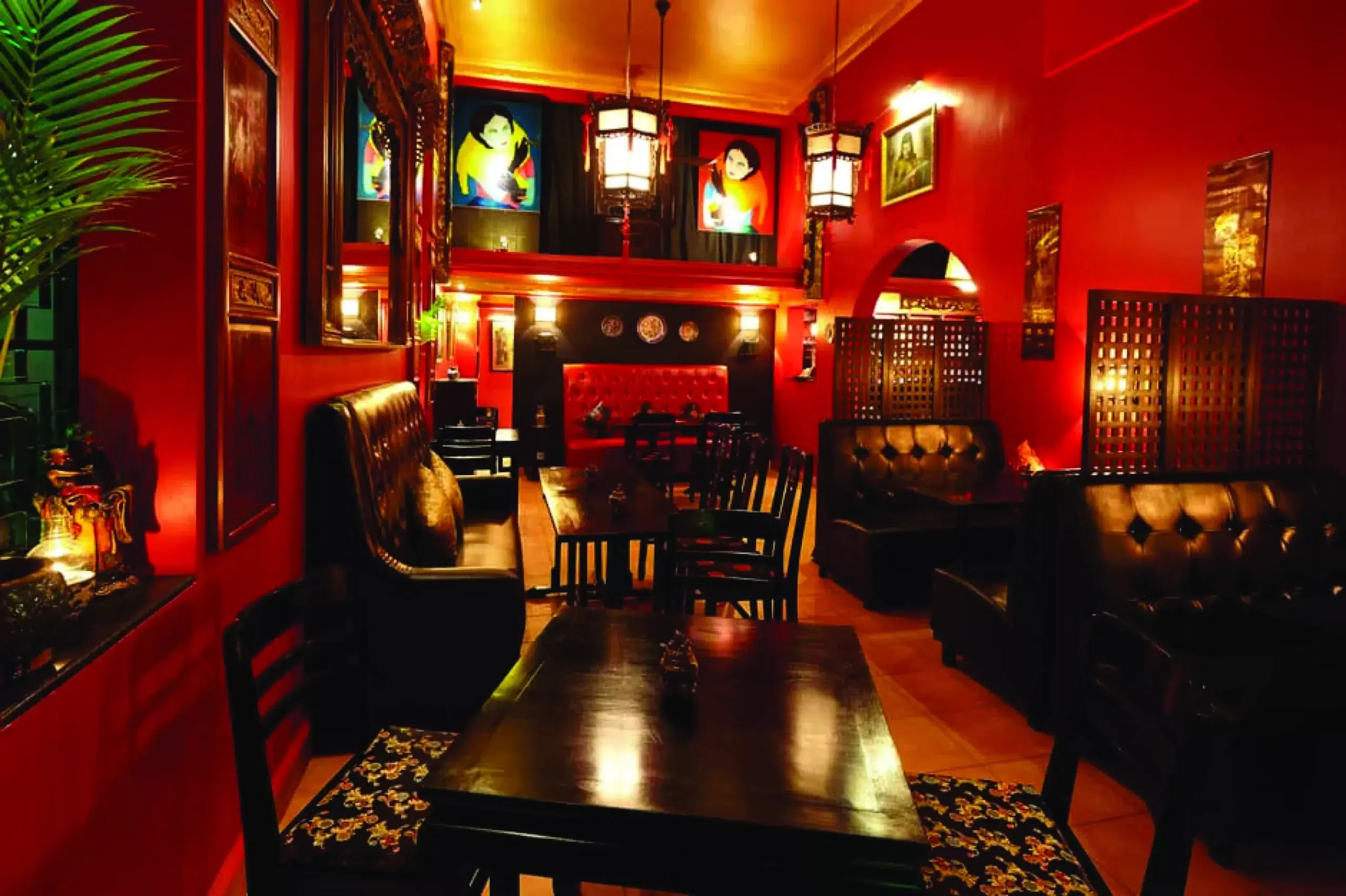
A Siem Reap institution whose chinoiseriedecked interior – a blaze of rich colour full of lanterns, urns, and wraparound paintings—still enthralls its guests, Miss Wong has charmed visitors and locals with its ambience, superior local food, and curated drinks since 2008. The city’s bestloved cocktail bar, founded and managed since its inception by New Zealander Dean Williams, occupied a location behind Pub Street before relocating to Street 26 during the pandemic, a far more fashionable address befitting its glamorous image. Though billed as “a taste of vintage Shanghai”, the intimate bar’s bites and beverages betray a more Indochinese flavour. With a sister bar in north-western Battambang also in operation, Miss Wong—named after Russian artist Vladimir Tretchikoff’s painting—should attract a mature, well-travelled clientele for years to come.
The original version of this article appeared in PropertyGuru Property Report Magazine Issue No. 183 on issuu and Magzter. Write to our editors at [email protected].
Recommended
Meet the expert helping overseas investors crack Australia’s property market
Ivan Lam of property advisors Charter Keck Cramer helps clients navigate Australia’s complex real estate dynamics
ARES White Paper Volume 3: The era of adaptive reinvention
Pioneering sustainable and innovative practices in urban development
ARES White Paper Volume 2: Unravelling the power of data revolution in real estate
Insights on proptech, smart cities, and sustainable development
ARES Digital White Paper Volume 1: The fundamentals of responsible building
Green and climate heroes join forces to discuss how Asia Pacific can weather the current environmental crises and the looming effects of climate change
